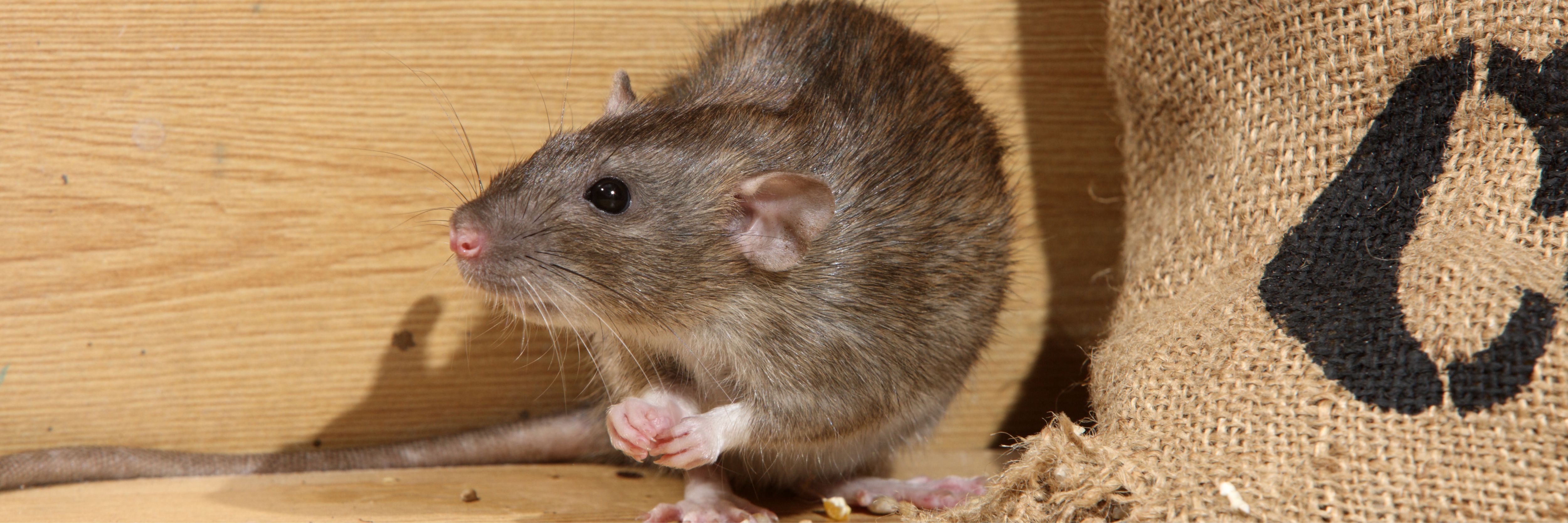Rodents Pose Significant Risks to Poultry Producers
Rodents have persistently challenged farmers throughout the ages, stealing grain, fouling premises with excrement, and causing destruction to infrastructure and environments. Egg producers know that rodents pose additional risks as vectors of disease, capable of transmitting pathogens, including the likes of Infectious Bursal Disease Virus (IBDV), Salmonella, Inclusion Body Hepatitis (IBH), and Chicken Anemia Virus (CAV). Their mere presence threatens breaches in biosecurity and poses sanitation and economic risks.
Understanding this enemy may help mitigate risk and reduce both population and threats.
Rodents gnaw and burrow. A hole ¼ to ½ inch is enough to entice mice and rats’ entry into a building. Because they reproduce so rapidly, their numbers can quickly become a major problem with up to 7-10 litters per year.
They typically are active at night, but noticing a single mouse or rat during the day may indicate significant populations of between 500 and 1000.
Egg producers are encouraged to consider three strategies to reduce and eliminate rodents.
- Acknowledge the Threat: As soon as rodents are noticed, approach mitigation as an emergency. Low numbers are more effectively eliminated than high populations. Because of their short reproductive cycles, one female can produce thousands of offspring.
- Maintain Rodent-proof Facilities: Follow strict protocol prohibiting open doors (e.g., during egg collection) or allowing light leakage, an indication of a space large enough for a rodent to enter. Vigilantly monitor facilities to ensure integrity.
- Eliminate rodent nests and remove any possible food sources: Keep feed storage rooms clean and free from spilled feed on floors. Do not allow access to water sources for rodents.
Grounds maintenance can help reduce the invitation or introduction of rodents to a facility. Vegetation should be closely maintained. Deep concrete walls surround the facility may help prevent tunneling underneath facilities.
Consistently monitor rodent bait stations. Maintaining a map of all bait station locations can help employees work together to monitor for rodent activity.
Experts recommend checking the stations daily, fortifying bait, and/or stations necessary if an infestation is noted. When no infestation is noted, weekly checks are considered reasonable.


